Mavrik Driver Review
Mavrik Driver Review

Performance
As we have been saying from the beginning that Mavrik Sub Zero is a better driver for golfers who like lower spinning and flatter ball flight. This statement is supported by the technical specs and features. There is no point of comparing this driver with higher ball spinning drivers. We compared the driver’s performance with Epic Flash Sub Zero, a killer segment of the Sub Zero segment.
This data represents a 10 stroke standard deviation with both drivers simultaneously using simulators. As you can see from here both the drivers cover a good amount of distance in total and there is not much difference between them. However, Mavrik Sub Zero’s backspin is slower than Epic Flash SZ. The ball speed and carry are almost the same in both cases.
X-3 Model
This model is the top end version of the Mavrik driver. The X-3 model is available in a gold finish, and it weighs 6.8 ounces. The X-3 model is suitable for advanced players who wish to improve their game. It is recommended for those who play 18+ handicap range.
When choosing from these models, there are many things to consider. First thing to note is that the X-1 model is lighter than both the X-2 and X-3 models. Therefore it is easier to swing and hit shots. The X-2 is also heavier than the X-1. It is therefore more difficult to hit and swing shots. Third the X-3 model is the heaviest of the three models. Thus it requires the most effort to swing and hit shots. Finally the X-3 model is the longest of the three models. As such it is best suited for long hitters.
You must first determine if you’re a lefty or righty before you can decide which swing type you need. Golfers can be either left- or right-handed.
Mavrik has existed since 1990. Original design had a big head and a narrow sweet spot that allowed for spin and control. The Mavrik driver’s face has been redesigned and the shaft weight distribution has changed over the years. Today there are many different models available ranging from fairway woods to hybrids and irons. Each type of Mavrik driver offers its own unique characteristics and benefits. These are the three most common Mavrik driver types.
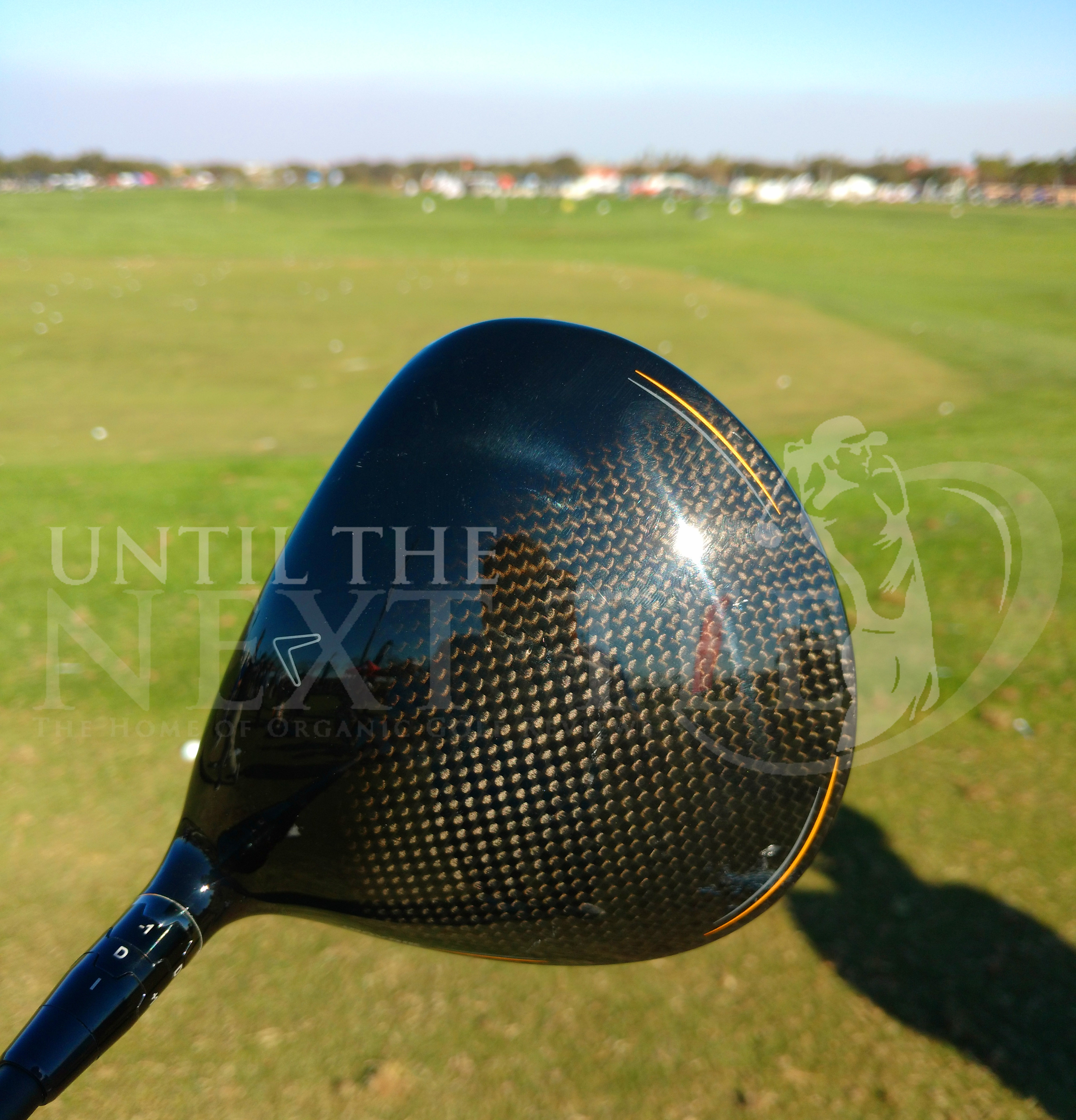
The Hot Topic
Characteristic Time (CT), a hot topic on this year’s PGA Tour and Open Championship was when many OEMs required drivers to test beyond the CT legal limit, thus making them non-conforming.
Callaway was one of the many companies caught in the crosshairs of this issue and the company decided to tackle it head-on. It is known that even drivers who start out conforming are susceptible to becoming non-conformists after many years or fewer hits/cycles at high speeds. Something had to change since amateur and professionals players alike rely on their equipment conforming to the rules and holding up swing after swing.
Flash Face 2.0 now has a new FS2S material that allows for more consistent ball speeds across a larger area of the face and prevents CT creep.
Flash Face SS20 is lighter, stronger and faster than ever. Each Mavrik model has a unique variable face thickness pattern that maximizes ball speed for off-center hits. According to Callaway, this driver family has 13 percent better downrange dispersion than 2019 Epic Flash drivers.
Mavrik Sub Zero
The Sub Zero is positioned for the better player, or at an absolute minimum, the higher swing speed player. This 450cc offer is based on the Sub Zero Triple Diamond chassis, which was used in last year’s Tour. It lacks the Cyclone Aero shape. It is believed that the target player has enough speed to offset the aerodynamic benefits.
Along similar lines, off-center ball speed is prioritized less than it is in the other Mavrik designs. This Sub Zero version is intended to be used by better players.
While the design can be expected to produce lower spin, Callaway didn’t obsess over creating the lowest spinning driver it possibly could. Based on feedback from tour players, Callaway focused its efforts to create a driver that produced the best shot shape. Effectively it’s about hitting the target line and then having the ball fall in the desired direction over the final 3rd of its flight.
To get there, Callaway flattened the lie angle a bit and removed any directional bias. Baby fades, that’s the goal.
Mavrik Sub Zero offers swappable 14-gram and 2-gram weights that can be expected to tweak spin by 200-300 RPM. It is available in 9deg and 10.5deg.

Mavrik Max
Callaway calls Max the PING Killer. Max is a different take on forgiveness than the Mavrik. This means that Max has a more conventional approach to forgiveness, similar to Sub Zero. It still gets plenty of forgiveness from the Flash Face, but the thinking here is that the target golfer needs every bit of forgiveness he can get. In many cases, that golfer will be a slower swing speed player, so opportunities to benefit from improved aerodynamics are inherently limited anyway.
This may sound like compromise but it is in fact true.
Callaway places Mavrik Max’s MOI around 8700 with its weight of 14 grams in the back position. Although it’s not PING G400MAX/PXG 0811XF-level, this is still extremely forgiving. When the 14-gram weight is in the heel position, it’s a slice killer.
Mavrik Max is available in 9deg, 10.5deg, and 12deg.
Tech Talk
MAVRIK Drivers are equipped with Callaway’s Flash Face SS20 architecture. This was designed by A.I. and features a larger area which delivers super-fast ball speeds in combination with Callaway’s Jailbreak Technology. To maximize distance, each driver’s model has a face that is designed to fit the specific requirements of every head. This includes size, shape and footprint as well internal weighting. Because Flash Face SS20 designs are complex, MAVRIK drivers needed a stronger material — FS2S Titanium — that could withstand the impact. This allows the extremely thin design to withstand the stresses of impact and allow for fast ball speeds without compromising clubface integrity.

Aerodynamic Cyclone Form
By traditional design standards, TaylorMade and Cobra’s tall skirt designs would be considered unconventional. There’s a case to be made that Callaway has taken things a step further. Callaway’s aerodynamics can be improved by changing the driver’s shape to increase speed and spin resistance without having to have a large body.
Callaway flattened Mavrik’s Cyclone Aero Shape a lot more than TaylorMade or Cobra and lifted the skirt sections and driver while maintaining the trailing edge high. Standard Mavrik’s length is shorter front-to-back. It also looks more like Callaway used Cobra Speedzone to make a diagonal cut along the trailing edge. This was to get rid of everything that creates low CG or high MOI.
As with any aerodynamic feature, the design is all about reducing drag. Callaway estimates a 68% improvement over Rogue, and an Epic Flash reduction of 61%. That translates to a bump of 1 and 1.5 MPH of clubhead speed, respectively.
This is the part where we add the disclaimer about aerodynamic improvements disproportionally benefitting higher swing speed players, but it’s worth noting that Callaway’s numbers are based on an average swing speed of 95 MPH. This is nearly 10 MPH lower than TaylorMade’s baseline speed and 5 MPH faster than Cobra’s. Your takeaway should be that, if all of this pans out (and I can’t promise that it will), slower swing speed golfers would be more likely to see a speed benefit from Mavrik than most other drivers.
The other requisite disclaimer: Your actual mileage may vary, so get fit.
Testing Time With The Callaway Mavrik
Four Sessions at the Range…No Game Time unfortunately.
After warming up with shorter clubs, I began hitting 3 drives a piece with my Taylormade M1 and then the Callaway Mavrik.
As noted above, this happened on 4 separate occasions so I could see how it performed from one day to the next because I know my swing changes from one day to the next.
I tested the optifit hosel in the “S” standard or neutral position and in the “D” draw position. I adjusted no hosel or weight settings for my M1, as it’s already set up for me.
This Surprised me
Sound and Feel: Although I have already mentioned this, the sound grabbed my attention immediately. It’s the first time I can recall an M1 sounding this solid and smooth. My M1 sounds like you’re banging a metal trash can.
Forgiveness. I wasn’t a fan of changing the hosel settings in order to increase one or other ball flight. This is what I consider “cheating”, and an excuse not to fix your swing… Well, thanks to Mavrik I am over it.
It’s obvious that I hit the ball straighter when the hosel was in the “D”, setting.
This Didn’t Surprise Me
Shaping: I’m temporarily (hopefully) back to a slight out to in swing path and a slight left to right ball flight. The Mavrik I managed to use was on the “D”, which allowed me to keep the fade tight, and squeeze in a few draws.
Skilled shapers of the ball won’t have issues with this driver
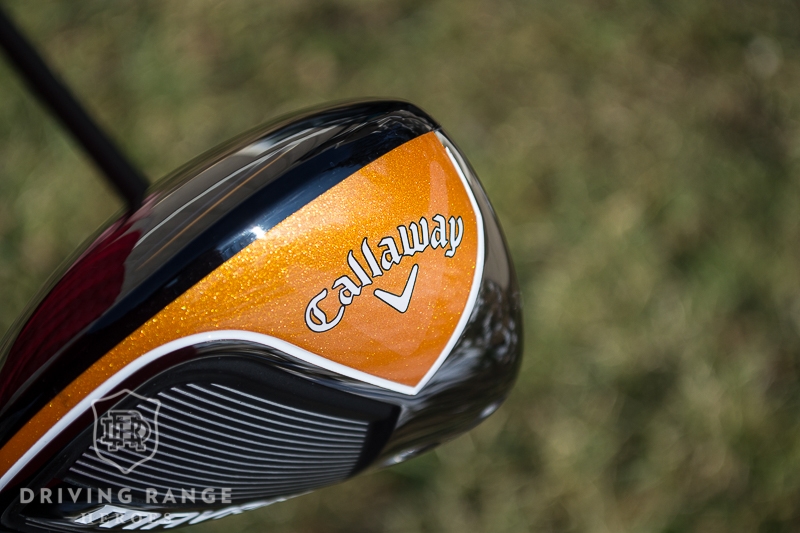
Computers Don’t Know Everything
Sometimes, the thrill of machine learning can make the computer’s boots as dumb as a bag of rocks. The computer doesn’t know how to make a golf course. It takes time to explain things to the computer. Even if the machine is able to understand the task, it will still need to be taught.
Callaway’s Vice President of Research and Development, Dr. Alan Hocknell says, “If you don’t ask the right question, you won’t get answers.”
Callaway wasn’t asking the right questions last time, or maybe it was not asking enough. With more computing horsepower at its disposal and a better understanding of how to leverage it, Callaway’s use of AI has evolved from a research tool to a design tool. As part of that evolution, the company began asking more difficult and more sophisticated questions.
That’s half the battle, but to keep the machine in line, you need to establish some rules. Callaway put in some restrictions this time. It’s still giving its server farm plenty of room to out-think the humans, but it’s also forcing it to color inside the lines in some areas that it didn’t address the first time around.
It works somewhat like this on paper:
- It is possible to hit the ball at peak speed. Keep that, but make sure to consider off-center hits as well.
- Hey Siri, let’s take some weight out of the face. We can leverage new materials if we have to.
- Alexa, find out what is causing our CTs to creep and design against it.
Is there really anything that you cannot do with an iPhone or an Amazon subscription?
There’s a small chance I’ve oversimplified some of this.
How do they manifest in real life? If you’ve been paying attention for the last several years, the answer won’t surprise you. Even with supercomputers, it still boils down to materials and geometry.
Cyclone Shaping
It was a fine balancing act for Callaway engineers to create the new Mavrik driver since conventional thinking would lead most OEMs to simply reduce total mass of a club to allow golfers to swing it faster–a proven formula. Problem is that if you decrease mass you lose potential energy.
Callaway employed A.I. to increase the speed of Callaway’s driver head. to overcome the trade-offs of forgiveness, aerodynamics, and ball speed to build a new profile that is much more aerodynamically efficient and forgiving. Callaway calls it Cyclone Shaping.
When you talk to engineers about the creation of new products, terms like efficiency and balance are often used. In most industries, it’s a matter of cost vs performance or value, but in golf it’s a matter of balancing what’s possible under the rules without giving up either too much top-end performance or forgiveness and actually creating something to increase ball speed.
Callaway claims that the Cyclone Shaping standalone technology improves the driver’s head through the air by making it 61 percent faster. It also creates less drag, which makes the Mavrik go 1 mph quicker than the Epic Flash 2019. All this while still maintaining a 460cc head volume. A clubhead speed of 1 mph can add 3-4 yards to your total distance.
Each of the three driver models in the Mavrik line utilize the Cyclone Shaping to increase potential speed, but with three distinct models designed for different player profiles, there is more than just aerodynamics, that according to Callaway helps make this the “best driver Callaway has ever produced.”

Callaway Mavrik Drivers Verdict
Callaway have once again come out with an exceptional driver, it’s as simple as that. Considering the last driver they brought to market was the extremely successful Epic Flash, this only makes the Mavrik that bit more impressive as they’ve managed to improve on what a lot of golfers thought was perfection.
Although they proved all that they claimed, I’d say it was only marginally. Still, a win is a win. Standard and Sub Zero model heads feature traditional designs with an incredible amount of A.I. technology. Hidden inside, the A.I. does all of the work for golfers.
It was amazing to see the consistency and dispersion in the Mavrik. I even had it match my custom-fitted driver. Whereas the Sub Zero was not easy to control, but was a sneaky five yards longer on average. It’s worth noting that 5 yards more per drive over the course of a season will make a huge difference.
Callaway say the three new Mavrik models are more optimised to player traits than ever before. How? This is the next-level Artificial Intelligence that builds upon Callaway’s Epic Flash 2019.
A new super computer’s ability to learn quickly and efficiently has led Callaway’s engineers to ask deeper, more far-reaching questions – even factoring in the swing traits of players likely to use each model.
Callaway says that the additional computing power has allowed for some very unusual thinking. This is why the Mavrik nickname was created. The result has been three completely new driver designs that have never before been tested.
More familiar tech includes two internal Jailbreak bars, which connect the sole and crown to promote fast ball speeds, and a significantly lighter carbon crown allows Callaway to redistribute weight for a higher MOI.
ROBOT TEST: What golf ball is best for me?
BEST DRIVER 2020 – How the leading drivers compare in data
Another Compromise?
TaylorMade, Cobra and Cobra consider their forms to be the future and present of driver design. Callaway sees them as yet another compromise.
As the center of gravity moves away from the face – as is the case with high MOI designs – spin robustness (spin consistency) drops off. I’d be remiss not to point out that the problem with forward center of gravity designs is that they mandate low MOI.
So is the Callaway Mavrik a low MOI driver? It is, in fact. Callaway claims that the Mavrik driver’s total MOI is around 7000. By way of comparison, the highest total MOI drivers on the market exceed 9000, and the overwhelming majority are in the low-to-mid 8000s. The Callaway Mavrik has a very low MOI. Hocknell says, “And that’s actually something we are proud of.” Low MOI doesn’t have to mean unforgiving.
Mavrik not only boosts off-center ball speeds more than Epic Flash but also makes them faster. Callaway no longer needs MOI for ball speed. The face does most of the work. This allows Callaway, who can shift the center gravity forward, to provide that spin robustness you were talking about.
Callaway claims Mavrik’s forgiveness is greater than Epic Flash. To put a number on it, the company says, despite the lower MOI, its new face design improves downrange dispersion by 13%.

Mizuno St200
Mizuno has returned to the PGA Tour with more flexibility, power and forgiveness after their ST190 winning family. To support off-center strikes, the ST200 drivers use beta-titanium alloys from racing-bike gears.
Standard ST200 is the largest of the line’s models and has the longest body. Two sliding weights are included in the ST200G sole. They offer superior adjustment to the Callaway Mavrik. Built with anti-sliceweighting, the ST200X model is extremely light. All three models benefit from a lightweight carbon-composite crown and are a shining example of driver design.
How To Choose The Best Callaway Mavrik Driver
The Mavrik driver was designed to be a high-performance driver that offers excellent forgiveness and control. The Mavrik driver’s unique shape allows for maximum distance and accuracy while also maximizing control. Its large sweet spot makes it easy to launch shots consistently and precisely. Mavrik drivers have a lower center of gravity, which allows players to feel more confident behind the ball.
The Mavrik driver is very forgiving and accurate. The driver delivers consistency throughout the whole club. It is designed to give golfers the ability to hit long drives and putts consistently. There are three lofts for the Mavrik driver: 9°, 10° and 12. Each loft offers a specific set of characteristics that allow golfers to select the right loft for their game.
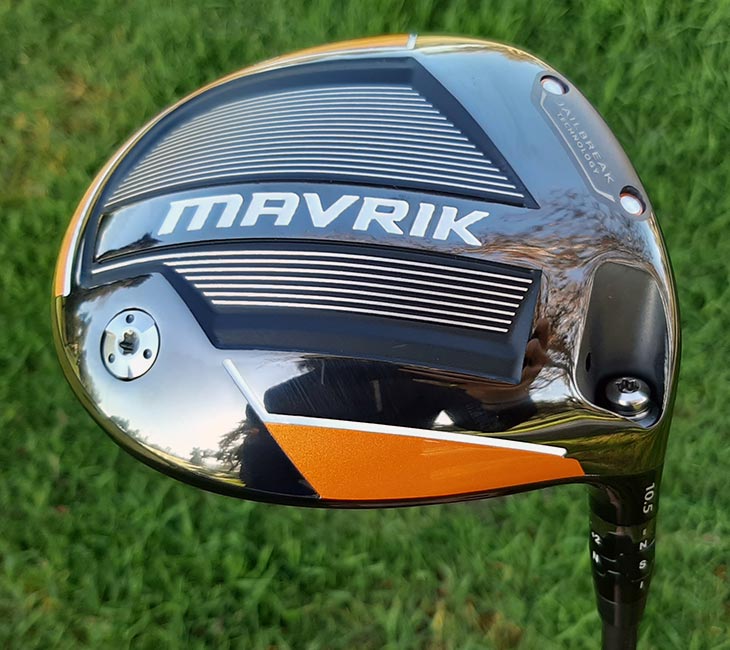
The Mavrik Drivers of Callaway and Brand Callaway
Callaway has been successful in creating, innovating and producing golf equipment for several years now. They introduced Artificial Intelligence (A.I.) Artificial Intelligence (A.I.) was introduced in golf club design and became a big deal. 2019 was quite a successful year for Callaway with their newly introduced machine-made designed epic flash series. Callaway was now ready to challenge the limits of Artificial Intelligence.
National Club Golfer
National Club Golfer’s Hannah Holden takes a closer look at the new Callaway Mavrik Driver and explains what we can expect from the new line up.
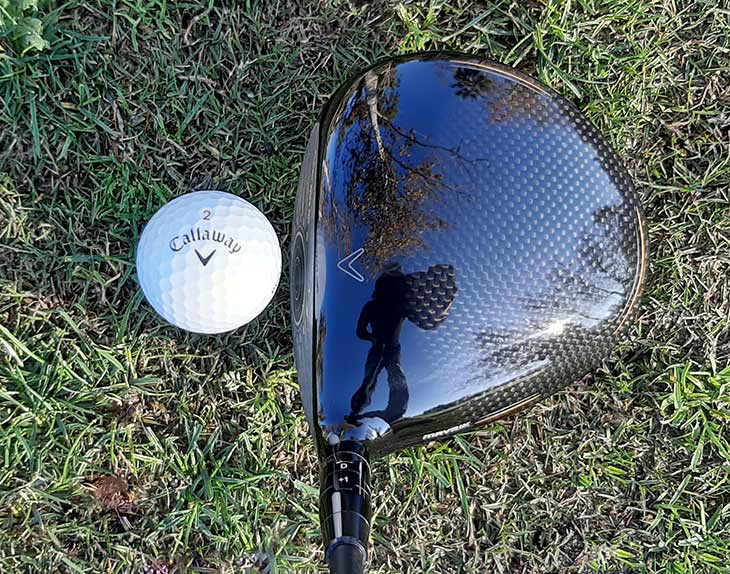
Mygolfspy
Tony Covey, MyGolfSpy’s expert on golf surveillance gives us an in-depth and fascinating review of the Mavrik evolution and test insights.
Callaway X Hot Key Features
The Callaway X Hot driver features one of the earliest iteration of Variable Face Thickness.
The face is thinner around the perimeter and thicker in the center or sweet spot. The result is straighter shots across the expanse of the face.

Technical Specifications
Mavrik Subzer is very pleasing from a technical standpoint. The attachments for shafts and grip usability with this MAVRIK Sub Zero driver to make the driver a complete set are very much likable for most golfers.
Accuracy and Consistency Comparison
Neither of these drivers were great for shot shaping. The VFT of the X Hot produced straight shots and nothing more.
The fewer moving parts of the X Hot head seemed to play more consistent than the Mavrik, though.

Cons
- A matte look would have been more appealing
- Matte look would have been better
Get the latest price for Callaway Mavrik Sub-zero Driver
Mavrik
Mavrik, which has no suffix, is the only model that includes a Cyclone Aero design. Callaway described it as an offering that is mid-spin with a slight draw bias. It is believed to be the most suitable for 60%-70% golfers.
For swing weighting, it has a 5-gram rear weight.
Mavrik is a 460cc design that will be available in lofts of 9deg, 10.5deg, and 12deg.

Callaway Mavrik Key Features
Mavrik has FS2S Titanium, which weighs 6g less than regular titanium.
A.I. Callaway was able to sort through thousands of scenarios and come up with an architecture that would accommodate more situations.
To stabilize the extremely thin and hot faces, Jailbreak bars are also included in Mavrik.
What Are The Mavrik Shaft Options?
The Mavrik comes with three shaft options:
- UST Helium Black – 40g Class
- Project X Evenflow Riptide – 40g/50g/60g Class
- Aladila Rogue White 130 MSI – 60g/70g Class
Learn more about how to find the right golf shaft size.
Mavrik Driver Review
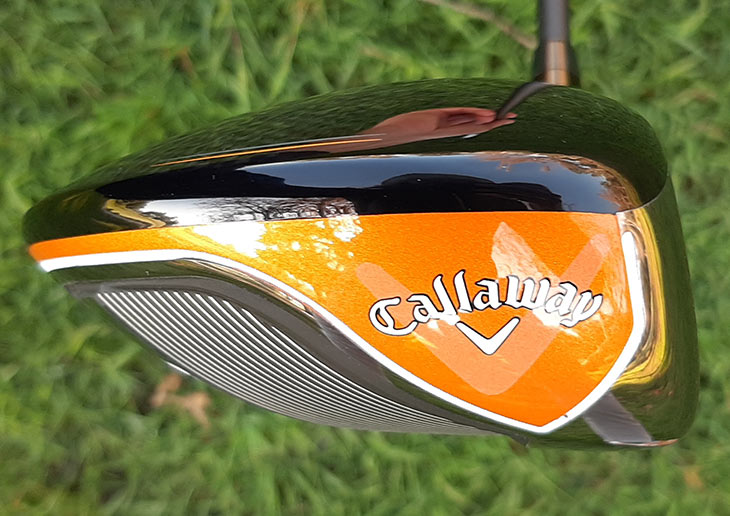
Fitters’ Take
Fitters’ Take, a feature we are adding to some reviews, is a brand new feature. Club Champion Master Fitters will be sharing their opinions based on what they have seen during fittings.
A Callaway MAVRIK driver is a low spin model. One of our fitters said that this means that not all golfers will need the SZ model. Many fitters echoed the sentiment of “great forgiveness”.
Many fitters have spoken out about the improvement in sound, both from their customers and themselves. The fitters were also impressed with the shape, one stating it’s the “best looking Callaway head” in some years.
Callaway’s Flash Face SS20 Technology was praised by one Fitter. Each model has its own face, which he said is designed to aid different kinds of misses. He stated that “we can fit every golfer into a MAVRIK driver.”
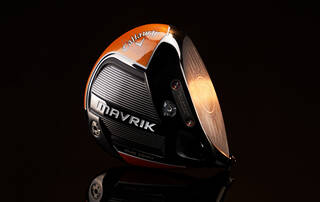
Conclusion
With a new color scheme, improved sound and consistent performance, the Callaway MAVRIK is sure to find its way into many golf bags in 2020. This standard version is suitable for the majority of golfers. However, there are many nuanced variations that can be used to make the Callaway MAVRIK more appealing to the most discerning of players. You can always try the sub-zero Sub Zero and the more forgiving MAX to find the best version that suits you.
You probably expected a Top Gun-esque reference, as this is the final MAVRIK driver review. This driver is worthy of respect. FUNGUS, however, is my favorite and most authentic call sign. Please keep this family friendly.
These tabs will change the content of your below.
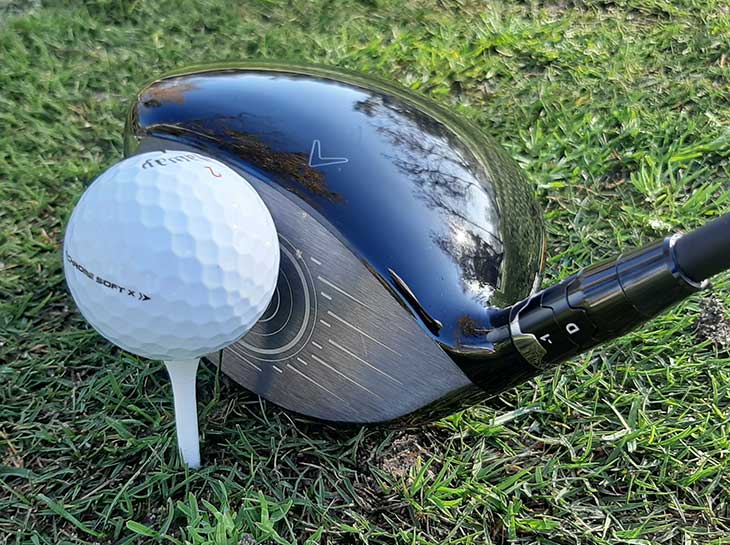
Callaway Mavrik Driver Review And Photos: Clubtest 2020
ClubTest 2020 featured 28 driver reviews and tests. Below are the results for the Callaway Mavrik driver.
Price: $499 / Bought Now Lofts. 9.5, 10.5, 12, 12. Our view: A medium spin with moderate draw bias will please most abilities. A simple 5-gram screw at the rear ends of the sole will increase launch and forgiveness. For efficient speed, an AI-designed Flash Face SS20 architecture is available with Jailbreak technology.
ClubTester’s (5-hdcp), take: “Love the sound of impact. The sound is not overly loud or too soft. Just right. Feels like the ball hangs on the face and then explodes off.”
Robot’s take: Good for increasing ball speed for both fast and mid-speed swingers.
![]()
Need To Know
Proven technology allows for faster ball speeds and customisation. This improves sound quality.
PRICE: PS469.00 ANNUAL: Available from 2020 Callaway MAVRIK driver, which was introduced earlier in the year. This driver is currently in the hands many players both on the PGA Tour and the European Tour. Callaway’s R&D team improved its ability to employ Artificial Intelligence. Machine Learning was used to help design broad-ranging features and technologies for performance that are now integrated throughout MAVRIK’s entire MAVRIK product line.
Due to current UK weather, testing clubs outdoors can pose a problem due the strong wind, heavy rainfall, and low temperatures.
Tee Box Indoor Golf is the most recent facility in London. It’s located in St Paul’s central area and can be used to practice your game.
Callaway’s MAVRIK driver was brought to Tee Box, where Scott Winyard, PGA Professional, tested it using a Trackman Launch Monitor. Watch the full review in the video below:
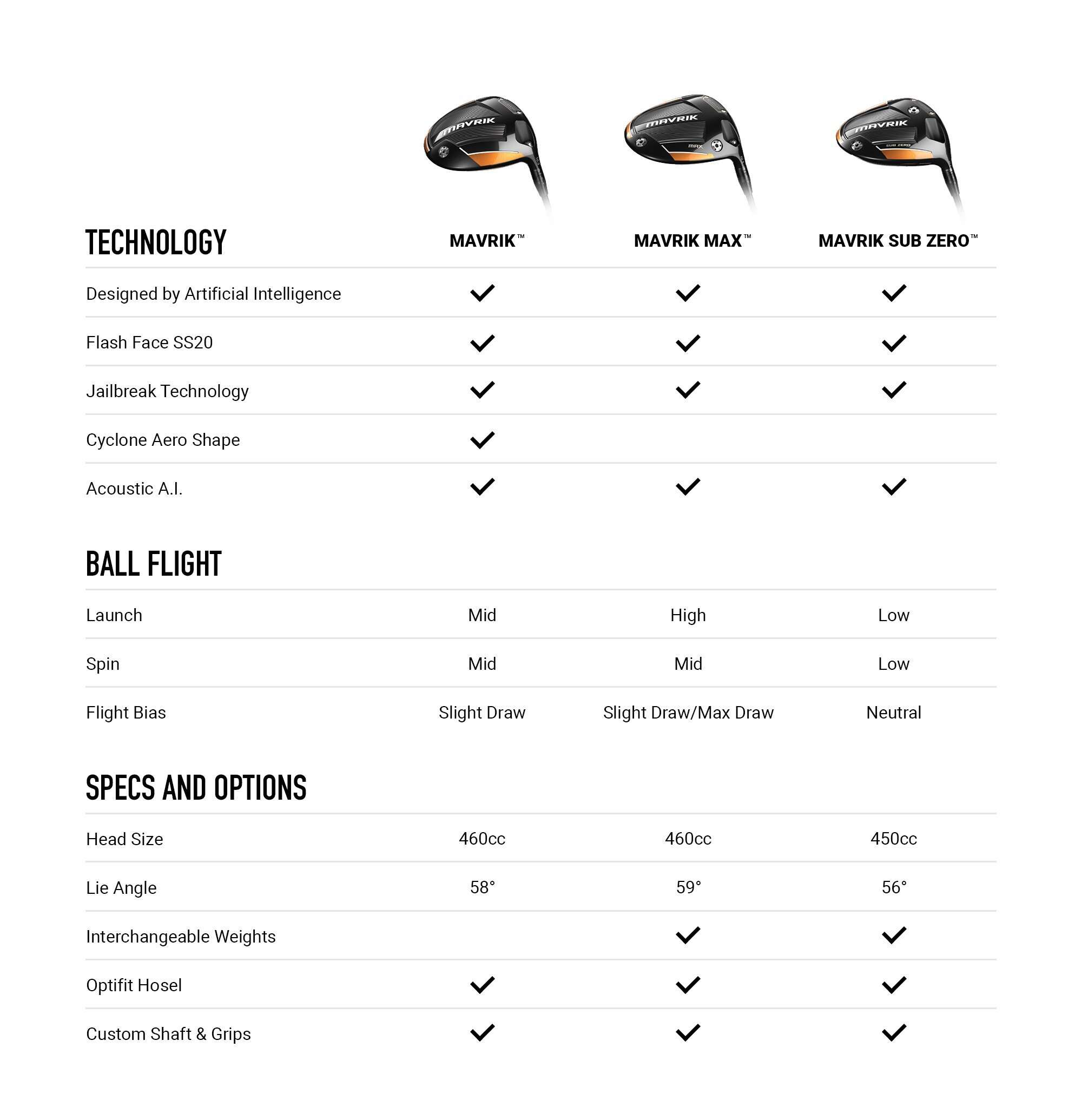
Enjoy Your Next Round of Play
AppStore Android Play Hole19 Rick Shiels Callaway Mavirik Driver Review Still another week until the 2020 driver releases. This time around Rick Shiels puts the Callaway Mavrik driver through its paces to see how it performs in terms of both distance and accuracy.
Do you think this could be the top driver in 2020 Can it surpass last year’s Callaway Epic Flash driver, or can we set the expectation a bit lower? Rick offers his views on the Mavrik.
As well as considering a new big stick for 2020, you can also level-up your golf game by joining Hole19 FREE today. You can click below to select your iOS and Android device. Hole19 Pro is also available for you to learn about its game-enhancing capabilities.

Cons
The Callaway Epic Flash has not seen a significant improvement in its distance.
Looks can be disappointing for some
Callaway has doubled down on their use of Artificial Intelligence, based on their success with the 2019 Epic Flash driver. Three versions are available in the Mavrik range, including the Sub Zero, Standard and Max. This review will focus only on the standard.
The good folks at Callaway sure are smart, but they’re not quite as smart as the computers they’ve been using to build their clubs. Callaway was able learn efficiently and quickly thanks to the AI, which allowed him to develop unconventional, Mavrik-style thinking.
This results in a club face optimized for speed. Coupled with the improved aerodynamics of the Mavrik, this is a driver that’s capable of some serious distances.
Callaway does not make sacrifices in forgiveness. Although the club has a higher MOI, this AI proved to be far more accurate than Epic Flash on the entire face. The AI enabled designers to use unconventional methods to calculate spin rates and weight distribution.
Something else that the AI was tasked with improving was the club acoustics. Engineers gave it instructions to adjust the sound frequencies to be more pleasant. It’s a fantastic sounding driver, though the mind is still boggled.
Does The Callaway Mavrik Driver Make It Worth It?
MAVRIK is a winner of the 2020 Golf Digest Hot List Gold Medal. It’s also a favourite PGA Tour player Xander Schaffele. Although it has been well received by critics, the product isn’t as loved by customers. On the Callaway website, it has an average rating of 4.6/5 (86% recommended). Feb 2, 2020
Are The Mavrik Drivers Good Drivers?
Club Champion’s launch monitor data revealed two notable performance results for the MAVRIK: great ball speed as well as consistency. These two characteristics can be attributed, in some part, to Flash Face SS20/Jailbreak. Mar 12, 2020
Which Mavrik Driver Is Best?
For swing speeds between 94 and 96 mph, he was named “Best Driver”. “For those mid-range players who need a little help creating a draw flight the Callaway MAVRIK Max is a great head. “”For golfers with mid to lower swing speeds that need launch and additional carry, I fit this driver a lot. “More items…*Jun 18, 2020
Do Any Pros Use Mavrik Driver?
PGA Golfers Using the Callaway Mavrik Many of the Tour’s golfers are currently using the Mavrik, including longtime Callaway representative Phil Mickelson. Mickelson, like many professional golfers, prefers the Mavrik Sub Zero, which has a smaller head and lower spin. Henrik Stenson, another professional golfer is also included.
.Mavrik Driver Review





